NEW PLAYING FIELD
Women’s World Cup success slowly erasing decades of systematic gender discrimination in sport
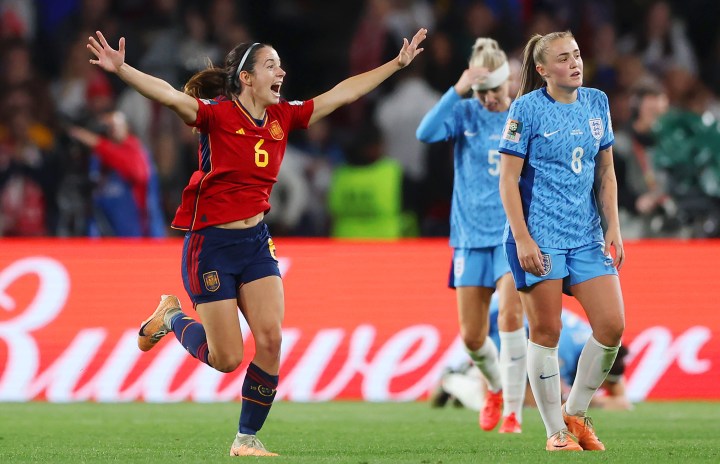
The 2023 Women’s World Cup was a resounding success. But the powers that be must build on the momentum to continue raising the level of women’s soccer globally.
The dust is still settling following a Fifa Women’s World Cup that sent a number of records from previous iterations of the tournament tumbling. The success of the ninth edition of the tournament Down Under is likely to have a far-reaching impact on the legacy of the women’s games.
The tournament was a resounding triumph for the profile of the sport on the field of play, with two nations in the form of England and Spain reaching the final for the first time in their respective histories and the latter triumphing.
Despite criticism from some sectors when the quadrennial soccer spectacle was expanded from 24 participating nations to 32 in Australia, the level of football on display was box office quality. As were the sub-plots that involved the so-called minnows showing that they could mix it up with the best players in the world.
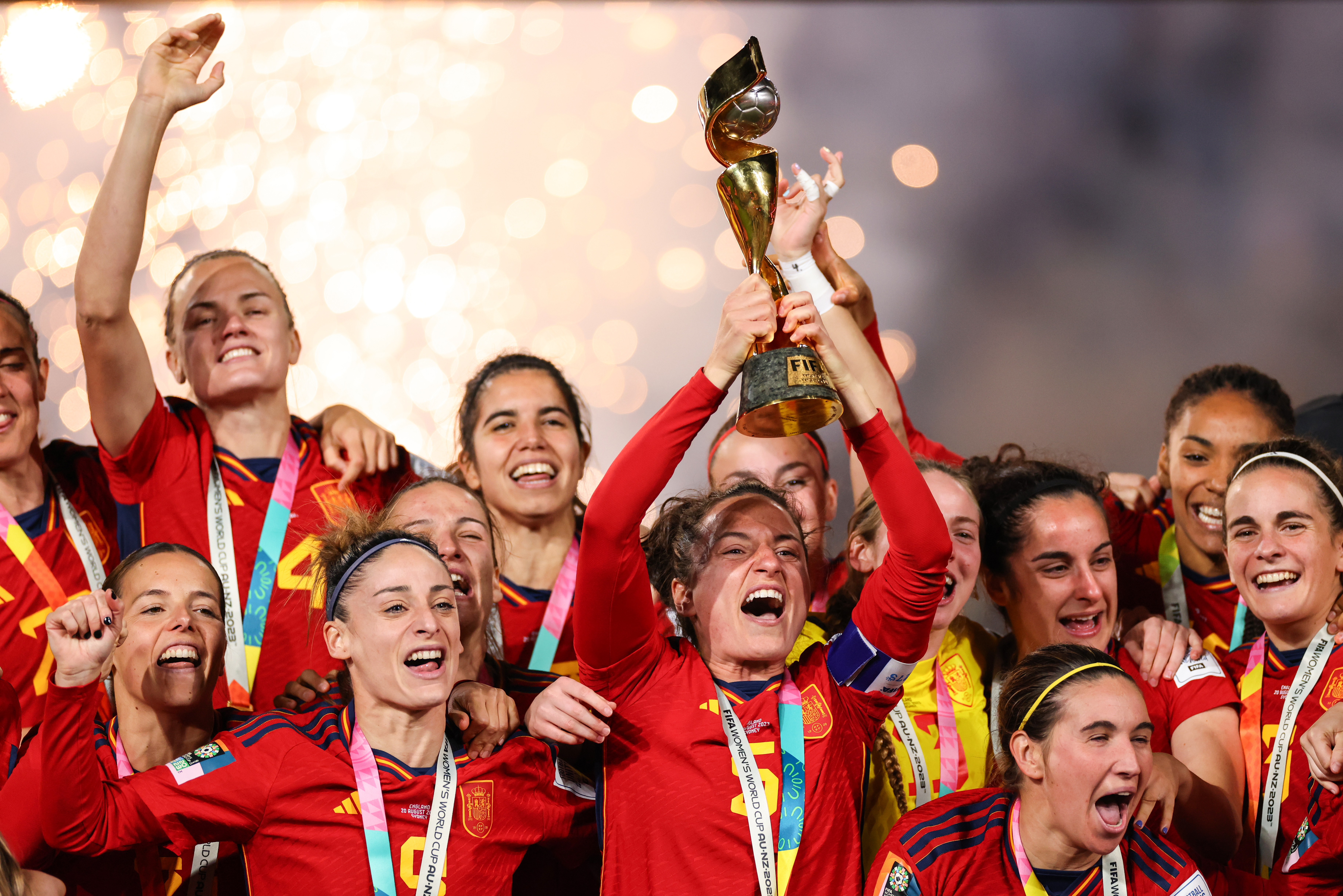
Spain’s players celebrate with the Women’s World Cup trophy at Stadium Australia on 20 August 2023 in Sydney, Australia. (Photo: Marc Atkins / Getty Images)
Underresourced nations such as South Africa, Morocco, Nigeria, Jamaica and Colombia went head-to-head with the traditional powerhouses and showed their mettle.
As the South Africans and Morocco punched above their weight to join Nigeria in the round of 16, the African continent had the second most representatives. Only Europe, with eight different countries qualifying for the knockouts, had more.
Vindication
These “small” nations putting up their hands and competing vindicated Fifa’s decision to expand the competition.
“I remember when we decided to [expand the World Cup], of course the usual critics, which are less and less, were saying it’s not going to work. That the level [between countries] is too different,” said Fifa president Gianni Infantino following the tournament.
“That there would be 15-0 scores. It would be bad for women’s football and its image. I’m sorry but Fifa was right,” beamed the 53-year-old.
The figures back up his assertion too. The pulsating action — which saw powerhouses such as the USA, Germany and Brazil chucked out while the tournament was still in its infancy — is estimated to have attracted 2 billion pairs of eyes worldwide.
Once Fifa ratifies the figure, it will be almost double the interest in the France-hosted eighth edition of 2019. That month-long spectacle was said to have pulled over 1.2-billion observers during its brief lifespan.
Another record that was toppled Down Under was for physical attendance. The 2023 showpiece usurped the 1.35 million total stadium crowd attendance of the 2015 tournament in Canada.
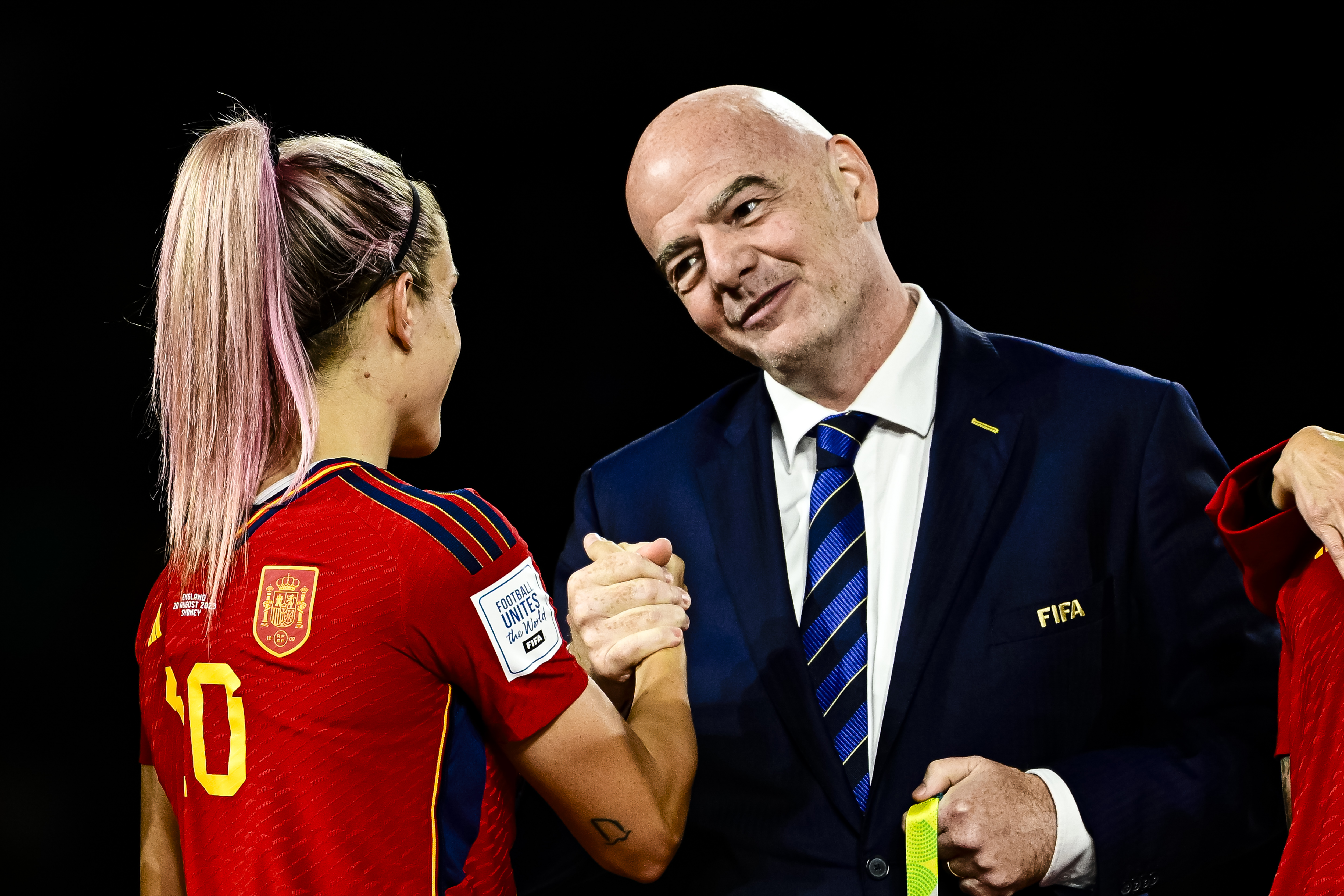
Fifa president Gianni Infantino (right) with Alexia Putellas of Spain following the Women’s World Cup final match between Spain and England at Stadium Australia on 20 August 2023 in Sydney, Australia. (Photo: Richard Callis / Eurasia Sport Images / Getty Images)
Australia and New Zealand saw 1.9-million spectators pour into the 10 venues split between the two countries.
Australia’s matches were particularly memorable for the raucous crowds who gathered to cheer on the Matildas during the team’s historic march to a maiden World Cup semifinal appearance.
All this interest, which spilt over to social media and had people waking at odd hours of the day to watch their heroines, saw Fifa break even. Infantino shared that the tournament had generated back the $570-million (R10.87-billion) it cost to stage the tournament.
This is in spite of the fact that the governing body of global soccer increased the pool prize by 300% compared with the size of the financial cake during the 2019 showpiece.
“We didn’t lose any money, and this is the second highest-grossing sporting event, with the exception of the men’s World Cup, on the world stage,” Infantino shared.
“This shows that our strategy wasn’t too bad. But of course, we still have to do much better. But we’re on the right track,” he added.
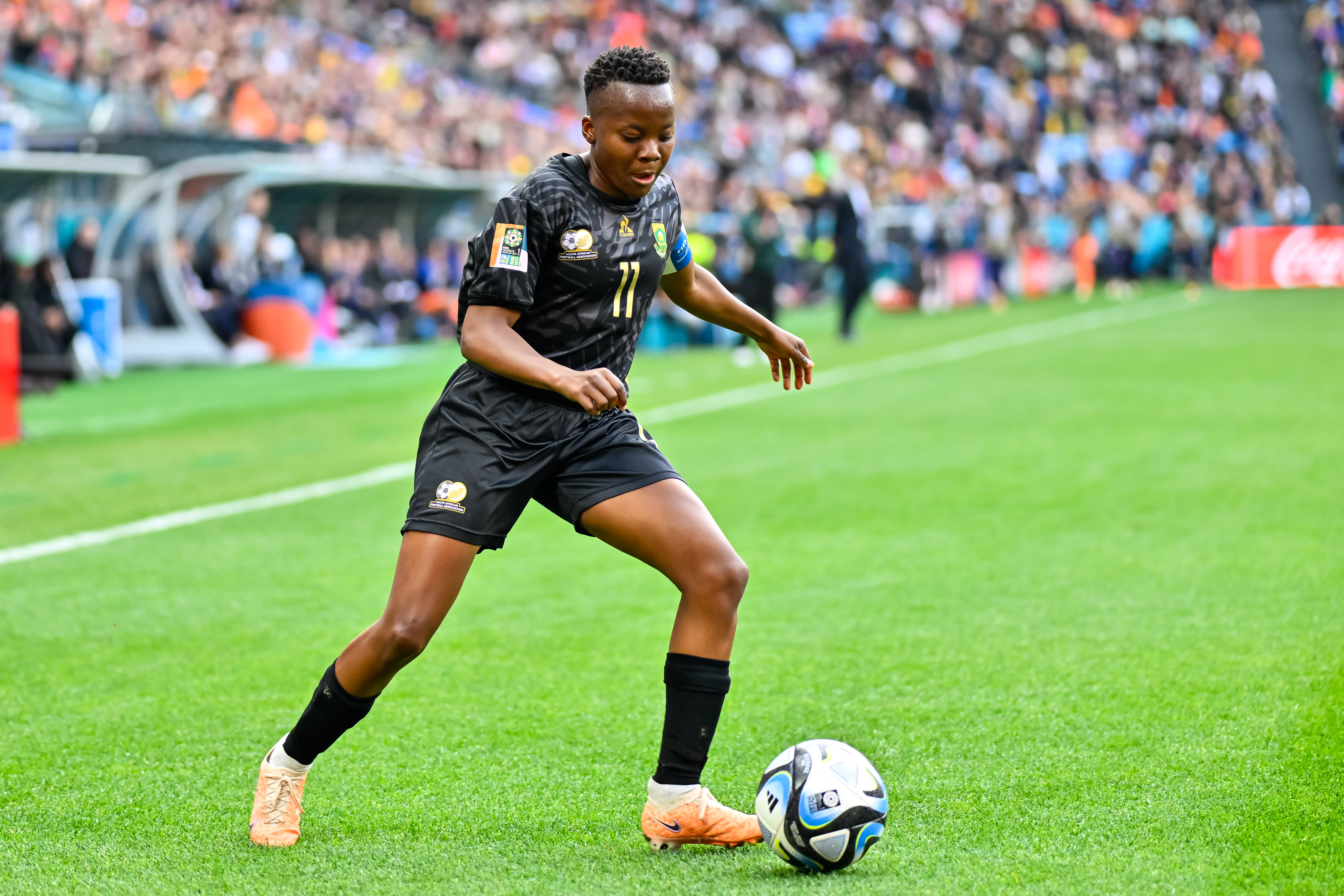
Thembi Kgatlana of South Africa controls the ball during the Women’s World Cup on 6 August 2023 in Sydney, Australia. (Photo: Keith McInnes / Eurasia Sport Images / Getty Images)
Far-reaching impact
Over the next few years, and beyond, the impact of the tournament will likely transcend its quantitative milestones. No doubt, little girls watching from various countries will have dreams of also representing their countries on such a major stage firmly etched into their hearts.
Though there may still be some prevailing stereotypes around women’s soccer (as there are for sports such as rugby and cricket as well), the quality of soccer on display will have converted a few pre-tournament non-believers.
Names such Thembi Kgatlana — South Africa’s super striker who left defenders tied in knots with her mesmerising skills and pace — plus Columbia’s Linda Caicedo and Spanish teenager Salma Paralluelo, will also have walked away from the tournament with new followers as individuals. Thus, amplifying their off-field profiles.
The design of soccer attire and boots was also a major topic in the lead-up to the tournament. With players falling like flies with anterior cruciate ligament (ACL) injuries, months and weeks before the tournament, one of the hypotheses for the injuries was soccer gear being designed for the male body.
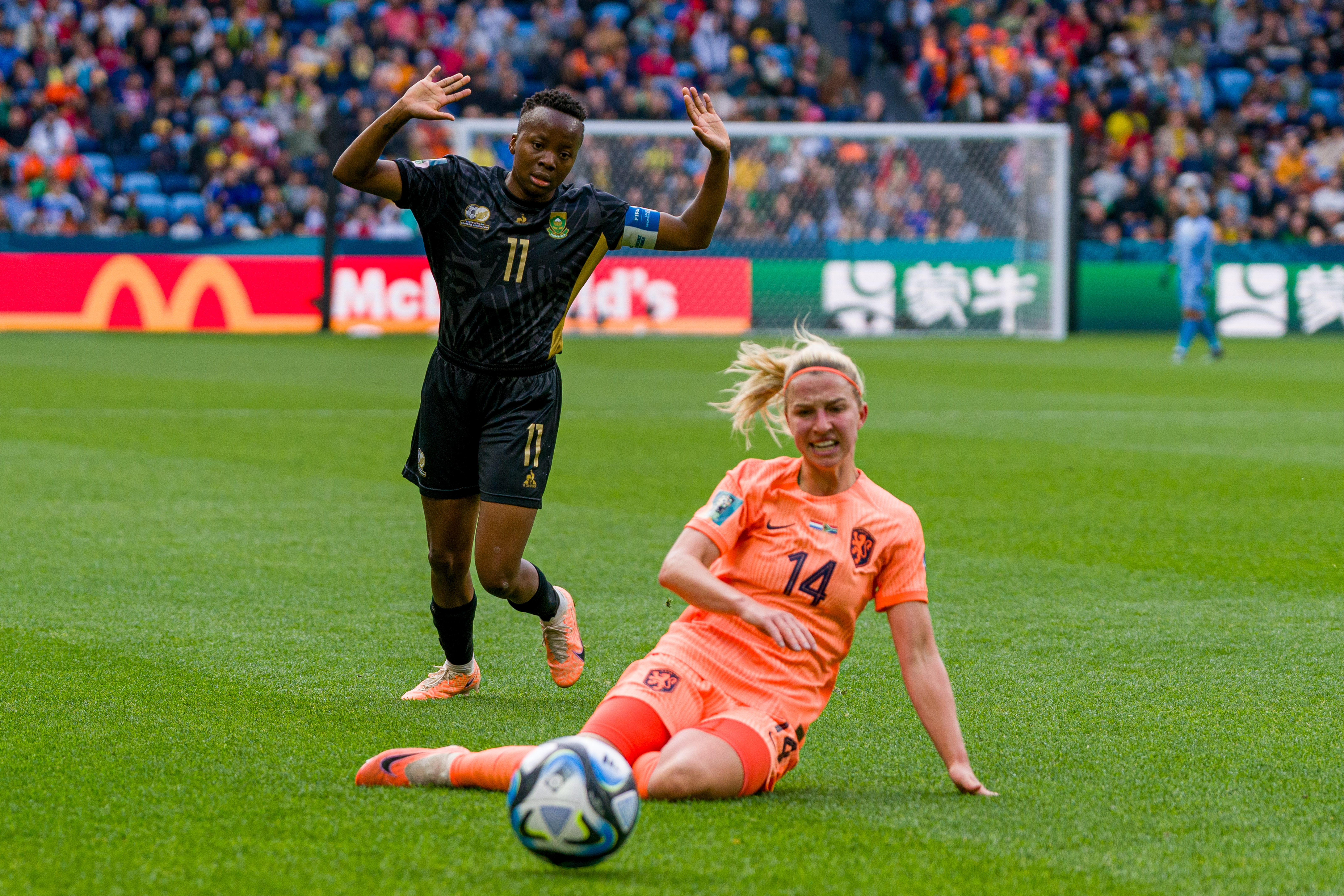
Jackie Groenen (right) of Netherlands goes down while competing for the ball with Thembi Kgatlana of South Africa during the Women’s World Cup at Sydney Football Stadium on 6 August 2023 in Sydney, Australia. (Photo: Andy Cheung / Getty Images)
This too is likely to change at an even faster pace now. Though there were strides made even prior to the tournament Down Under. These changes will serve to further improve the chances of the players performing to their optimum ability.
This will, in turn, continue to raise the profile of women’s soccer. It is already one of the fastest-growing sports globally. It is quickly catching up on all the decades when women were completely barred from playing soccer in countries such as Britain, Germany, France, Spain and Nigeria. Just to name a few.
In fact, in Brazil it was completely illegal and could land one in jail. However, the tide is turning. And the sky’s the limit for the sport now. DM













 Become an Insider
Become an Insider
Comments - Please login in order to comment.